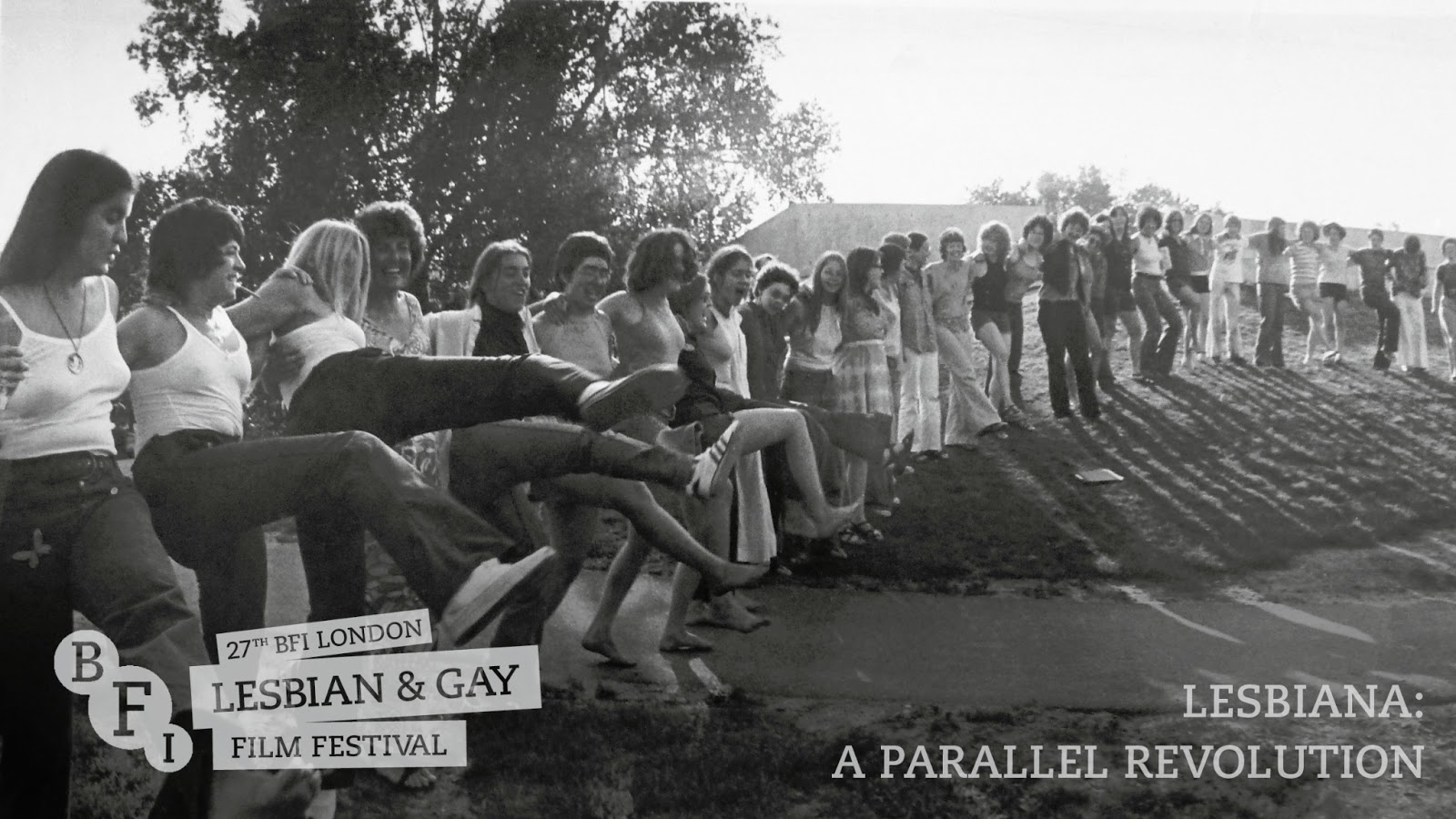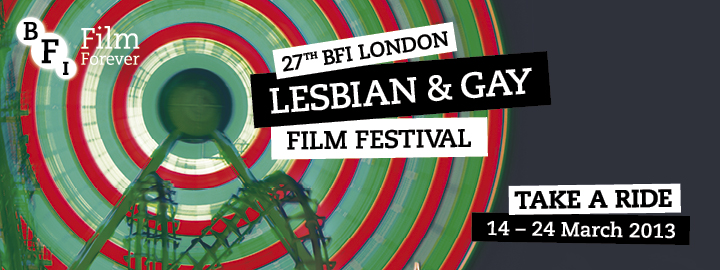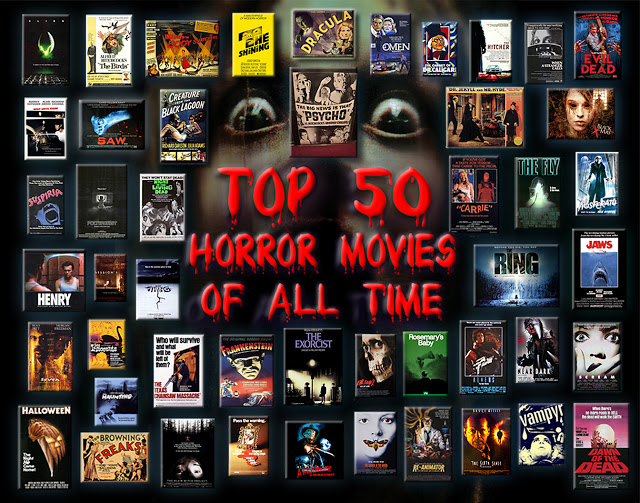From the press release:
The 27th BFI London Lesbian & Gay Film Festival (LLGFF) is back at BFI Southbank London with a festival of 11 days and a new look programme that’s packed full of films, special guests, events, workshops, and music.
[…]
There are over 100 titles in the festival offering a dizzying variety of films reflecting the LGBT community around the world.
Here are a sampling of films playing.
Facing Mirrors
Aynehaye Rooberoo
Director: Negar Azarbayjani
Producer: Fereshteh Taerpoor
Screenwriter: Negar Azarbayjani, Fereshteh Taerpoor
With Shayesteh Irani, Ghazal Shakeri
Iran-Germany 2011
102 min
Sales: The Film Collaborative
Rana, a conservative woman with traditional values, is secretly working as a taxi driver (driving is taboo for women of her class) in Tehran to support her family while her husband is in a debtors’ prison. Rebel with a cause, wealthy Edi/Adineh, is desperately trying to get a passport in order to return to Germany to have gender reassignment surgery whilst avoiding an angry father wanting to marry his daughter off as soon as possible. The State may sanction gender reassignment in Iran but that’s not to say it’s accepted in general society. As Edi’s father says, ‘I wish she was blind, dead, handicapped but not disgraced.’ Fate brings Rana and Edi together and an unlikely friendship develops, transcending social class and ethical differences. Facing Mirrors is a bold, exciting, seat-of-the-pants ride through contemporary Iran.
 |
| Mosquita y Mari (2012) |
Mosquita y Mari
Director-Screenwriter: Aurora Guerrero
Producer: Chad Burris
With Fenessa Pineda, Venecia Troncoso, Laura Patalano
USA 2012
85 min
Sales: The Film Collaborative
Mosquita y Mari is a gorgeously realised and tender coming-of-age story set in the Chicana neighbourhood of Huntington Park, Los Angeles. Fifteen-year-old Yolanda is a sweet-natured only child who gains straight As and stays out of trouble until she has her head turned by Mari – a tough, cool girl who moves in across the road. Mari is the eldest daughter in a single parent, undocumented family struggling to make ends meet. She is at first uninterested in being friends with her neighbour, but an incident at school pushes the pair increasingly together – sharing homework, music and secret spaces and an intense connection develops between the two girls. Guerrero’s debut feature is assured and subtle, confidently creating a teenage world of awkward affection, lingering gazes and new desires.
Je, tu, il, elle
Director-Producer: Chantal Akerman
Screenwriter: Chantal Akerman, Eric De Kuyper, Paul Paquay
With Chantal Akerman, Niels Arestrup, Claire Wauthion
France-Belgium 1976
85 min
Akerman’s first feature includes one of the earliest depictions of lesbian sex in cinema but it has rarely been seen at queer film festivals. We are excited to be screening this still startling and now deeply influential work as part of our strand considering Akerman’s impact on queer cinema. The film focuses on a woman who remains in her empty room for over a month narrating her minimal actions via a disjointed voiceover. Eventually she travels with a trucker who tells her about his life and arrives at the home of a woman who tries to send her away but then feeds her before they make love.
 |
| Lesbiana: A Parallel Revolution (2012) |
Lesbiana: A Parallel Revolution
Lesbiana: Une révolution parallèle
Director-Screenwriter: Myriam Fougère
Producers: Pauline Voisard and Myriam Fougère
With Alix Dobkin, Crow Cohen, Imani Rashid
Canada 2012
63 min
Sales: Groupe Intervention Video
Immensely enjoyable documentary following key players in the North American East Coast feminist movement from the 1970s to mid 1990s. Fougère meets lesbian writers, philosophers, activists and musicians who took part in and helped create the second wave feminist community and culture that focussed on women-only spaces in places like Montreal, New York and of course the Michigan Women’s Festival. Comprised of archival footage, photographs and inspiring interviews with the women involved – many in their seventies and eighties now, but still sporting some pretty great dungarees and labryses – the film considers the legacy of this type of sisterhood and lesbian identity in a celebratory but thoughtful, and sometimes critical way. This is an important piece of herstory for all feminists.
She Said Boom: The Story of Fifth Column
Director: Kevin Hegge
Producer: Kelly Jenkins
Screenwriters: Kevin Hegge, Oliver Husain
With G.B. Jones, Bruce LaBruce, Kathleen Hanna, Caroline Azar
Canada-Germany-USA 2012
64 min
Sales: VTape
Hegge’s documentary about the groundbreaking queer feminist all-female art band Fifth Column – who were at the centre of Toronto’s influential Queercore scene in the 1980-90s – explores the band’s impressive legacy and considers why you might not have heard of them. Featuring interviews with Bruce LaBruce, Vaginal Davis and Kathleen Hanna mixed with rare archival photos, footage of the band performing live and of course new interviews with the key members, Hegge builds an exciting picture of visionary punks living outside of the system in crumbling buildings – making art, music, film and starting fanzine wars.









